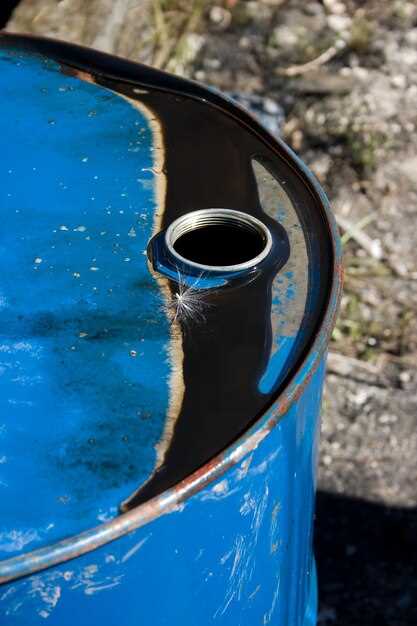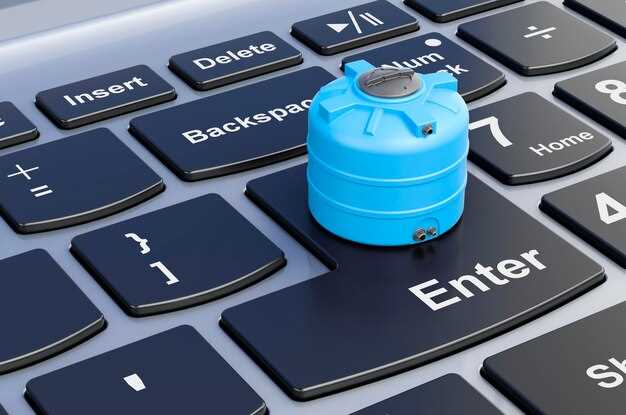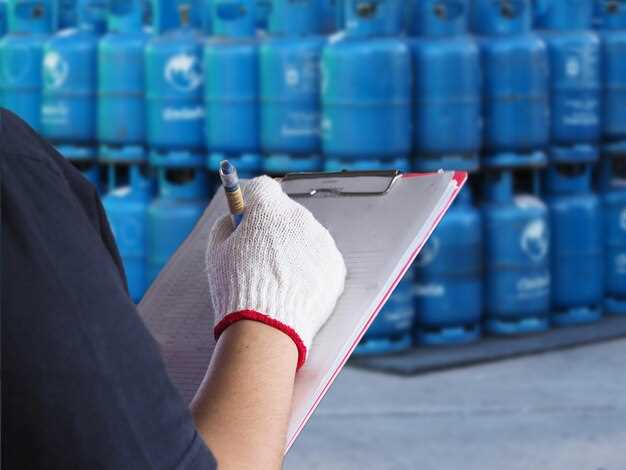

Water contamination in your gas tank can lead to several problems, affecting your vehicle’s performance and potentially causing long-term damage. It’s essential to recognize the signs of a contaminated fuel system before they escalate into costly repairs. Understanding what causes water to enter your gas tank and how to detect it is crucial for every vehicle owner.
One of the primary causes of water contamination is condensation, which can occur when temperature fluctuations cause moisture to accumulate inside the tank. Additionally, fuel can become contaminated during refueling or through faulty seals. Identifying the symptoms of water in fuel is vital for maintaining the health of your engine and ensuring optimal performance.
In this article, we will explore the indicators of water contamination, from changes in engine performance to visual cues in your gas tank. By familiarizing yourself with these signs, you can take proactive measures to prevent and address any issues promptly, ensuring your vehicle remains in peak condition.
Signs of Contaminated Fuel: What to Look For
Identifying contaminated fuel is crucial for maintaining your vehicle’s performance and longevity. Several signs can indicate problems with your fuel, helping you take timely action to prevent further damage.
1. Engine Performance Issues: One of the first signs of contaminated fuel is a noticeable change in engine performance. If your vehicle experiences sudden stalls, misfires, or difficulty starting, it may be due to impurities in the fuel disrupting combustion.
2. Unusual Smoke Emissions: If you notice an increase in the amount of exhaust smoke or a change in its color, this could indicate fuel contamination. Black smoke usually suggests too much fuel is being burned, which can occur when fuel is contaminated with water or other substances.
3. Fuel Smell: A strong, unusual odor coming from your fuel tank or exhaust can be a warning sign. Contaminated fuel often has distinct smells that differ significantly from regular gasoline or diesel, indicating the presence of impurities.
4. Decreased Fuel Efficiency: If you find that your vehicle’s mileage has suddenly decreased, this can be a clear indication of contaminated fuel. An engine struggling to burn polluted fuel will consume more resources to maintain power and efficiency.
5. Fuel Filter Blockage: Regularly checking your fuel filter can reveal contamination. If you notice that the fuel filter is getting clogged more frequently than usual, it might be because it’s trying to trap excessive debris from contaminated fuel.
6. Water in Fuel: The presence of water in your fuel tank can lead to significant issues. Water can separate from the fuel, leading to corrosion inside the tank and fuel system. If you observe puddles of water at the bottom of the fuel tank, it indicates serious contamination problems.
By being vigilant for these signs, you can take proactive steps to address fuel contamination issues and keep your vehicle running smoothly.
Testing Methods for Detecting Water in Gasoline

Identifying contamination in gasoline is crucial for maintaining vehicle performance and preventing potential problems. There are several effective testing methods that can be employed to detect the presence of water in gasoline.
Visual Inspection is the simplest method. By observing the gasoline in a clear container, any visible separation between water and gasoline can be identified. Water tends to settle at the bottom, creating a distinct layer. However, this method may not detect small amounts of contamination.
The Water-Finding Paste is a more precise tool. This paste changes color upon contact with water, providing a clear indication of its presence. To use it, simply dip a stick coated with the paste into the gasoline. If the paste turns color, it indicates contamination.
Gasoline Testing Kits are commercially available and provide a quick and reliable way to check for water presence. These kits typically include a container that allows users to mix a sample of fuel with a special reagent that reacts to water, offering a color change based on contamination levels.
Laboratory Testing is another method for accurate detection. If you suspect serious contamination, sending a fuel sample to a lab can provide detailed analysis. Labs can use advanced techniques such as gas chromatography to determine the exact amount of water and other contaminants.
By utilizing these testing methods, vehicle owners can effectively identify water in their gasoline, preventing further issues caused by contaminated fuel. Regular checks help maintain engine health and overall vehicle reliability.
Steps to Take if You Suspect Fuel Contamination

If you suspect that your fuel is contaminated, it’s essential to take immediate action to prevent further problems. Follow these steps:
1. Stop Using the Vehicle: Cease driving the vehicle immediately to avoid causing any damage to the engine or fuel system. Continuing to operate a vehicle with contaminated fuel can lead to severe mechanical issues.
2. Check the Fuel System: Inspect the fuel tank and fuel lines for any visible signs of contamination. Look for water, sediment, or unusual color in the fuel. If you notice any abnormalities, it’s a good indication of contaminated fuel.
3. Examine the Fuel Filter: A clogged or dirty fuel filter can signal fuel contamination. Replace the filter if it shows signs of blockage, as this can help mitigate further problems.
4. Drain the Fuel Tank: If contamination is confirmed, drain the fuel tank completely. This process will remove any contaminated fuel and prevent it from entering the engine.
5. Clean the Fuel System: After draining the tank, clean the fuel lines and any components that may have come into contact with the contaminated fuel. Using appropriate cleaning solutions can prevent residual problems in the fuel system.
6. Refill with Fresh Fuel: Once everything is clean, refill the tank with clean, fresh fuel. Ensure the fuel is from a reputable source to prevent future contamination.
7. Monitor Vehicle Performance: After the fuel system has been serviced, keep an eye on how your vehicle performs. Watch for any unusual sounds or behaviors that might indicate lingering problems from the contamination.
8. Seek Professional Help: If you continue to experience issues or are unsure about any of the steps, consult a professional mechanic. They can provide a thorough inspection and help address any underlying problems caused by fuel contamination.






